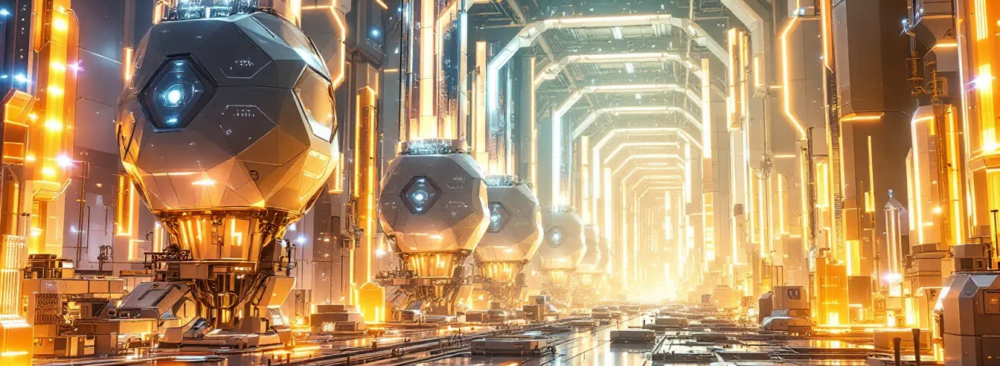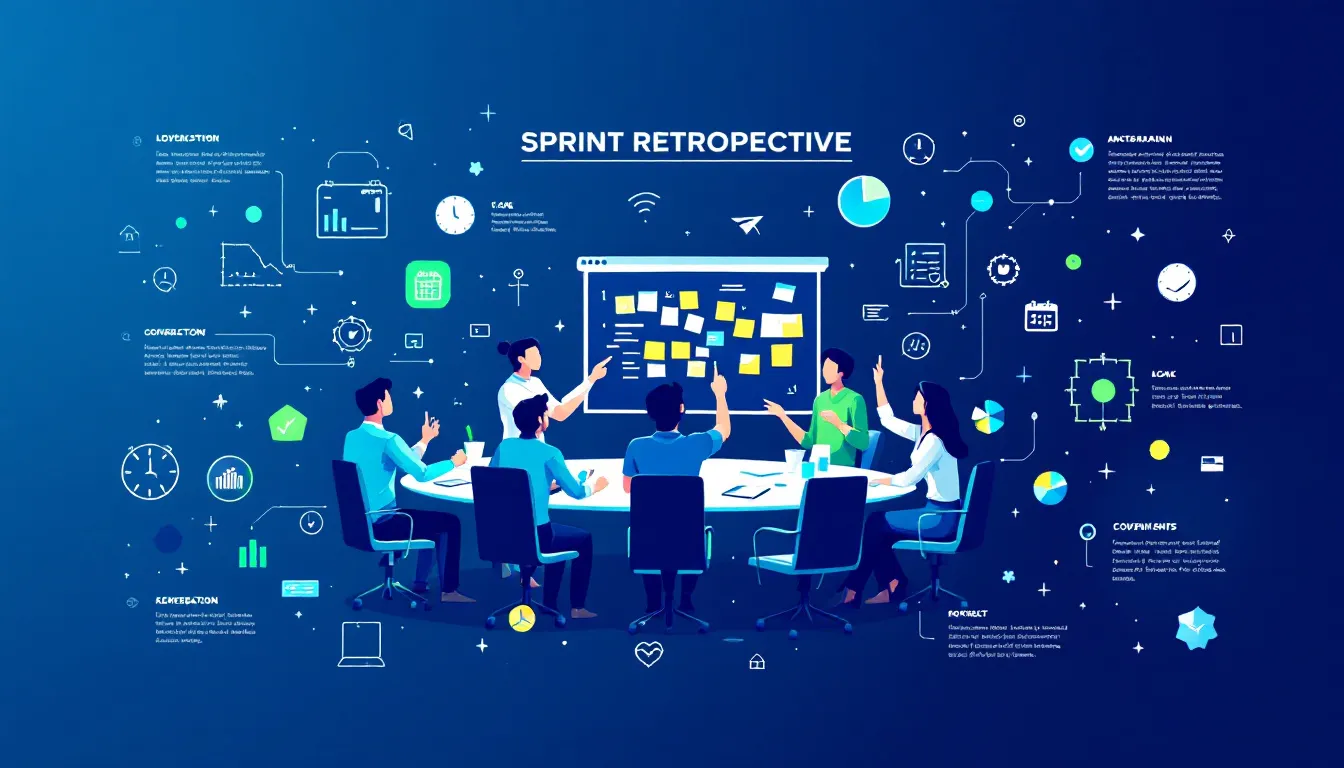Autonomous systems are transforming industries by enhancing efficiency and reducing human error. This article is exploring the potential of autonomous systems in various industries, such as manufacturing, healthcare, logistics, and agriculture. Discover key innovations like robotic assembly lines, autonomous surgical robots, and self-driving vehicles, and learn how they are revolutionizing these sectors.
Autonomous Systems in Manufacturing
Autonomous systems are reshaping manufacturing by introducing AI-driven automation that enhances precision, consistency, and safety. These intelligent systems boost production speed while reducing worker fatigue and human error. Equipped with advanced sensors, autonomous robots can make real-time decisions, optimizing operations, cutting costs, and improving overall productivity.
Notably, two transformative applications are:
- Robotic assembly lines, which streamline production with high-speed, accurate, and repeatable tasks.
- Predictive maintenance, which uses AI to anticipate equipment failures, minimizing downtime and extending machine lifespan.
As adoption grows, autonomous systems will continue to revolutionize manufacturing efficiency and innovation. Would you like this adapted into a shorter summary or formatted for a specific use, like a blog intro or presentation slide?
Robotic Assembly Lines
Robotic assembly lines are central to modern manufacturing, handling tasks like welding and inspection with high accuracy. Automation reduces human error, boosts efficiency, and improves product quality. Collaborative robots, or cobots, work alongside humans to handle routine tasks, increasing productivity and reducing strain. Advanced sensors enable safe and precise navigation, combining human and machine capabilities to drive innovation.
Predictive Maintenance
AI and sensors enable predictive maintenance by detecting equipment issues before they cause failures. This reduces downtime, cuts costs, and improves reliability. Real-time monitoring and data analysis help extend machinery lifespan, making predictive maintenance essential in modern manufacturing.
Revolutionizing Healthcare with Autonomous Systems
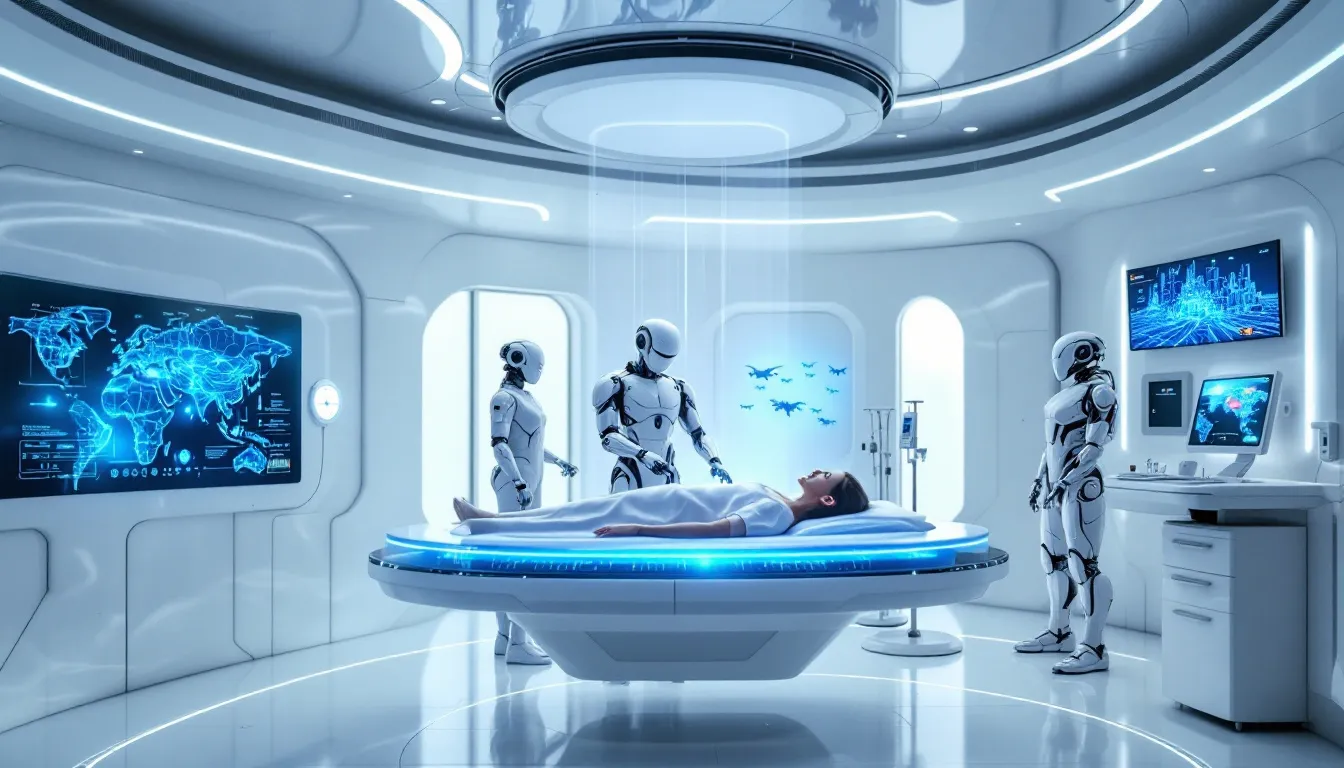
The integration of autonomous systems is transforming the healthcare sector remarkably. These advanced technologies are improving patient care and operational efficiency, enabling better diagnosis and treatment plans.
Some examples of how autonomous systems are impacting healthcare include:
- Remote consultations
- Robotic surgeries
- Enhanced diagnostic tools
- Automated patient monitoring
- Streamlined administrative processes
These advancements are expanding the reach and capabilities of healthcare services.
Two key innovations in this sector are autonomous surgical robots and AI in patient monitoring. These key technologies are not only enhancing the precision and reliability of medical procedures but also providing real-time data analysis for better patient outcomes.
- Autonomous Surgical Robots: These robots analyze real-time data, detect anomalies, and support minimally invasive procedures. They improve surgical precision and outcomes.
- AI in Patient Monitoring: AI rapidly analyzes patient data for early issue detection and treatment adjustments. Though privacy concerns exist, responsible data use ensures trust and compliance.
Enhancing Safety in Industrial Operations
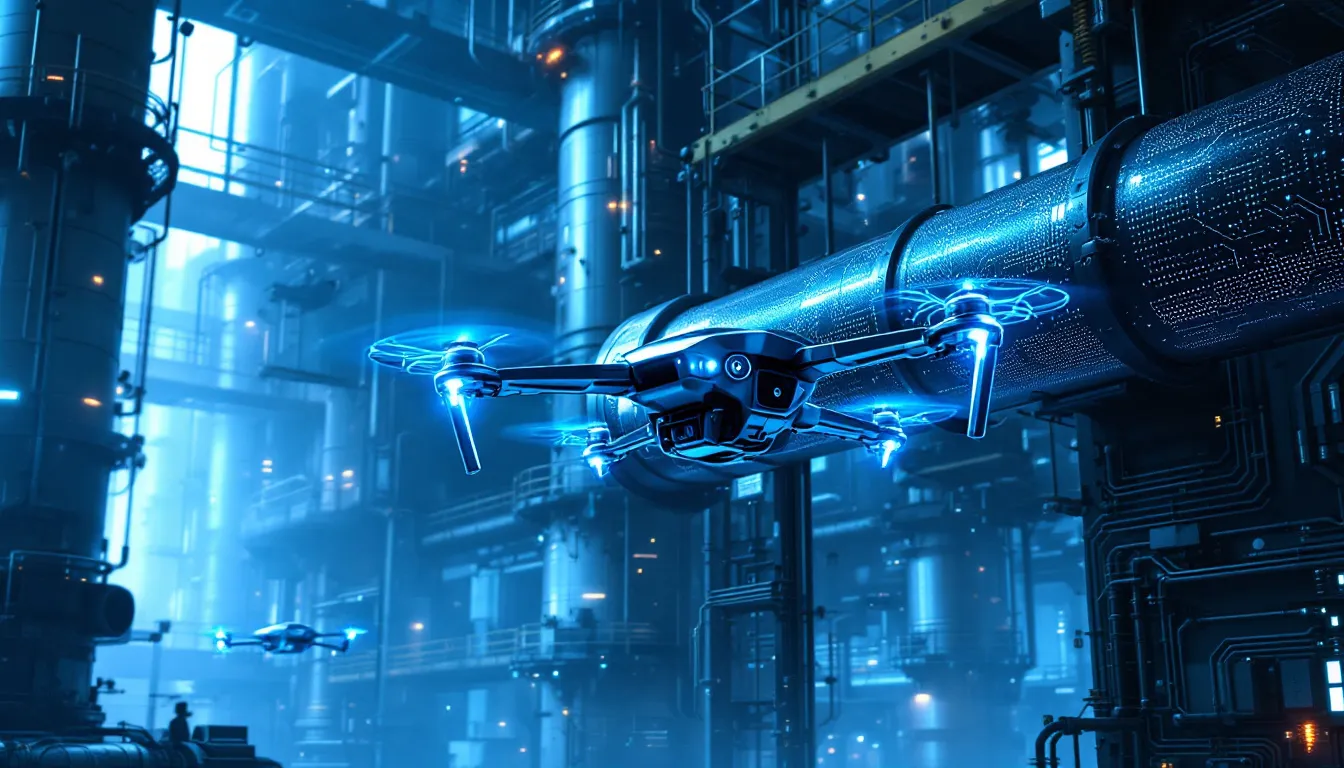
Safety is paramount in industrial operations, and autonomous systems play a vital role in enhancing workplace safety. Robots, drones, and AI-powered technologies can manage hazardous materials, work in extreme conditions, and perform heavy lifting tasks, thereby reducing the risk of injuries and ensuring worker safety.
In construction, for example, robots can perform dangerous tasks such as structural inspections and demolition, minimizing worker exposure to risks. Autonomous systems also help improve safety protocols by providing transparency and tracking materials from origin to destination.
Autonomous technologies like robots and drones enhance workplace safety by managing hazardous tasks and reducing human exposure to risk.
- Autonomous Drones for Inspection: Drones identify equipment faults and vulnerabilities, reducing the need for workers to access dangerous areas.
- Collaborative Robots: Cobots support repetitive or strenuous tasks, allowing humans to focus on higher-value activities. This improves safety and productivity.
Autonomous Systems in Logistics and Supply Chain
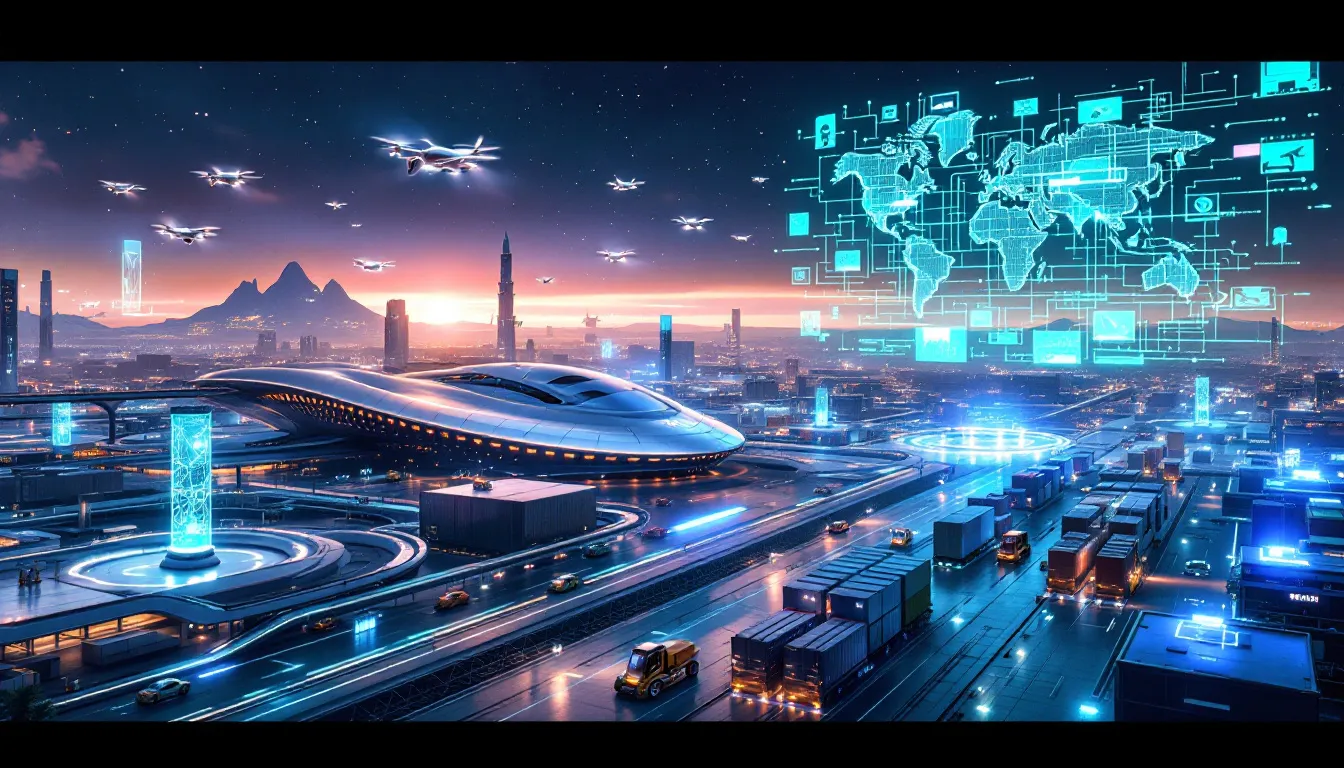
The logistics and supply chain industry is experiencing a transformation with the integration of autonomous systems. These systems optimize delivery routes, reduce transit times, and enhance overall supply chain operations by integrating with supply chain software. AI plays a crucial role in analyzing data to identify bottlenecks and trigger corrective actions, ensuring seamless operations.
By 2025, autonomous systems are expected to evolve from reactive to predictive intelligence, further enhancing their capabilities and efficiency. In this section, we will explore the impact of self-driving vehicles and automated warehousing on the logistics and supply chain industry.
These systems optimize routes, reduce transit times, and streamline operations. By 2025, autonomous systems will evolve from reactive to predictive intelligence.
- Automated Warehousing: Robotic systems boost productivity and accuracy by automating tasks like picking and packing, improving inventory management.
- Self-Driving Vehicles: These vehicles improve efficiency, reduce costs, and increase freight capacity by operating continuously.
Agricultural Innovations with Autonomous Systems

Autonomous systems are also making waves in the agricultural sector, bringing new levels of efficiency and innovation. Monitoring crop health and optimizing resource use significantly enhances agricultural productivity. The implementation of autonomous systems can lead to a decrease in overall agricultural costs, benefiting farmers financially.
In this section, we will explore two key innovations in agriculture: precision farming and autonomous harvesting. These advancements are not only improving productivity but also transforming the way farming is conducted.
- Precision Farming: Drones and AI enable detailed crop and soil monitoring, leading to efficient resource use and higher yields.
- Autonomous Harvesting: Robotic systems identify and collect ripe crops with minimal human input, streamlining harvests and increasing productivity.
Ethical Considerations and Challenges
While the advancements in autonomous systems are remarkable, they also bring forth several ethical considerations and challenges. Cybersecurity vulnerabilities, ethical decision-making, and public perception are critical challenges that need addressing. Aligning decisions made by autonomous systems with human values and societal norms is a key ethical consideration.
Establishing ethical guidelines and governance structures is essential for the responsible development and deployment of AI technologies in the environment. These challenges, however, can also be seen as opportunities for innovation and improvement in various sectors.
Despite their benefits, autonomous systems raise concerns about data privacy, cybersecurity, and ethical decision-making. Establishing governance structures ensures responsible development.
- Trust and Human-AI Collaboration: Transparency, accountability, and ethical oversight foster trust and effective integration between humans and AI.
- Privacy and Data Security: Handling large data volumes requires strong privacy protections and compliance with regulations like GDPR.
Economic Impact and Future Prospects
The economic impact of autonomous systems is profound, as they automate tasks and optimize resource allocation, significantly enhancing productivity across various industries. The rise of autonomous systems is also expected to create new job roles in AI development, system maintenance, and data analysis, contributing to economic growth and employment.
The autonomous systems market is projected to grow significantly by 2025, driven by rapid innovation and transformative possibilities. The convergence of robotics and autonomous systems presents unprecedented opportunities for systems and control engineers, marking an exciting time for technological advancements and economic development.
Autonomous systems enhance productivity and create new roles in AI and data analysis. Market projections estimate the sector will surpass $500 billion by 2025, fueled by innovation and investment.
- Innovation Opportunities: New business models in logistics and delivery, led by self-driving vehicles, will transform operations and reduce costs.
- Market Growth: AI, robotics, and quantum computing will drive advancements and efficiency.
Summary
Autonomous systems are reshaping industries by improving efficiency, safety, and innovation. As AI and robotics evolve, ethical development and human-AI trust will be key to unlocking their full potential. The future of autonomy holds limitless possibilities.
